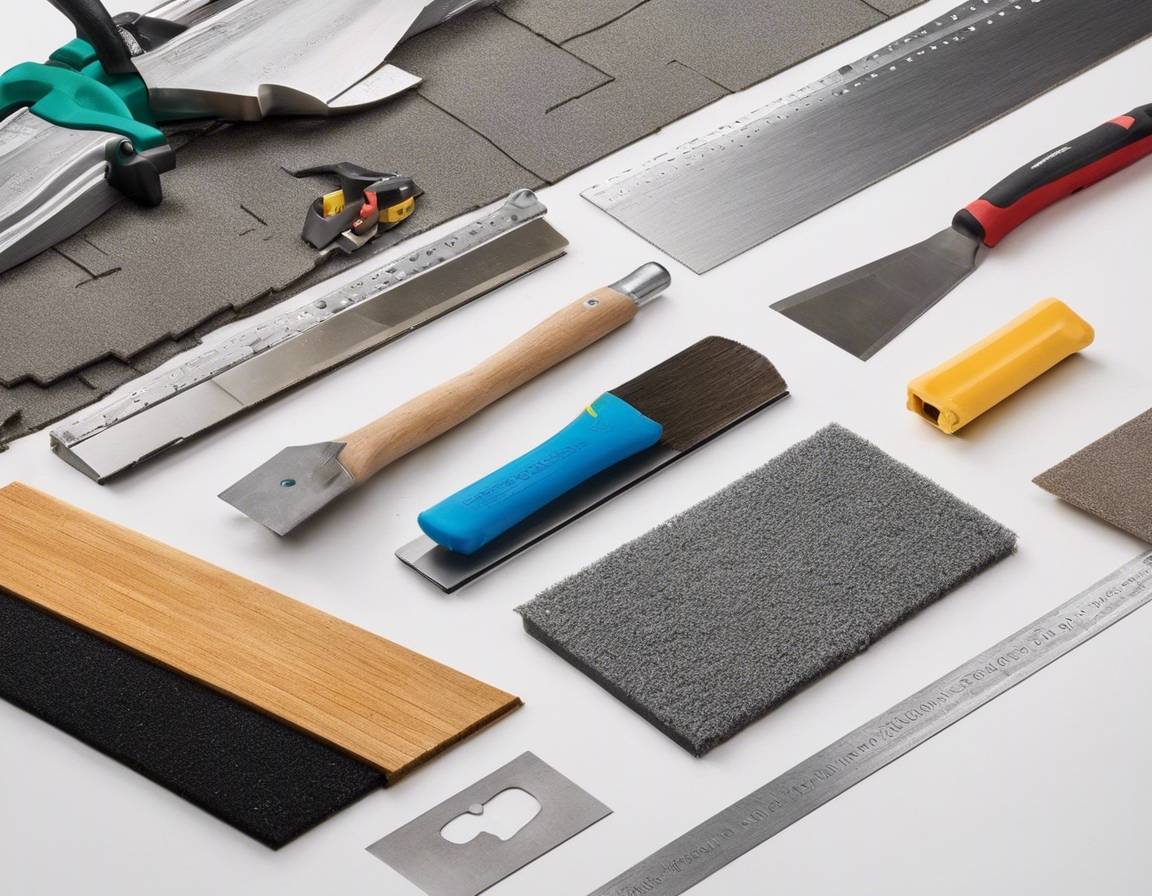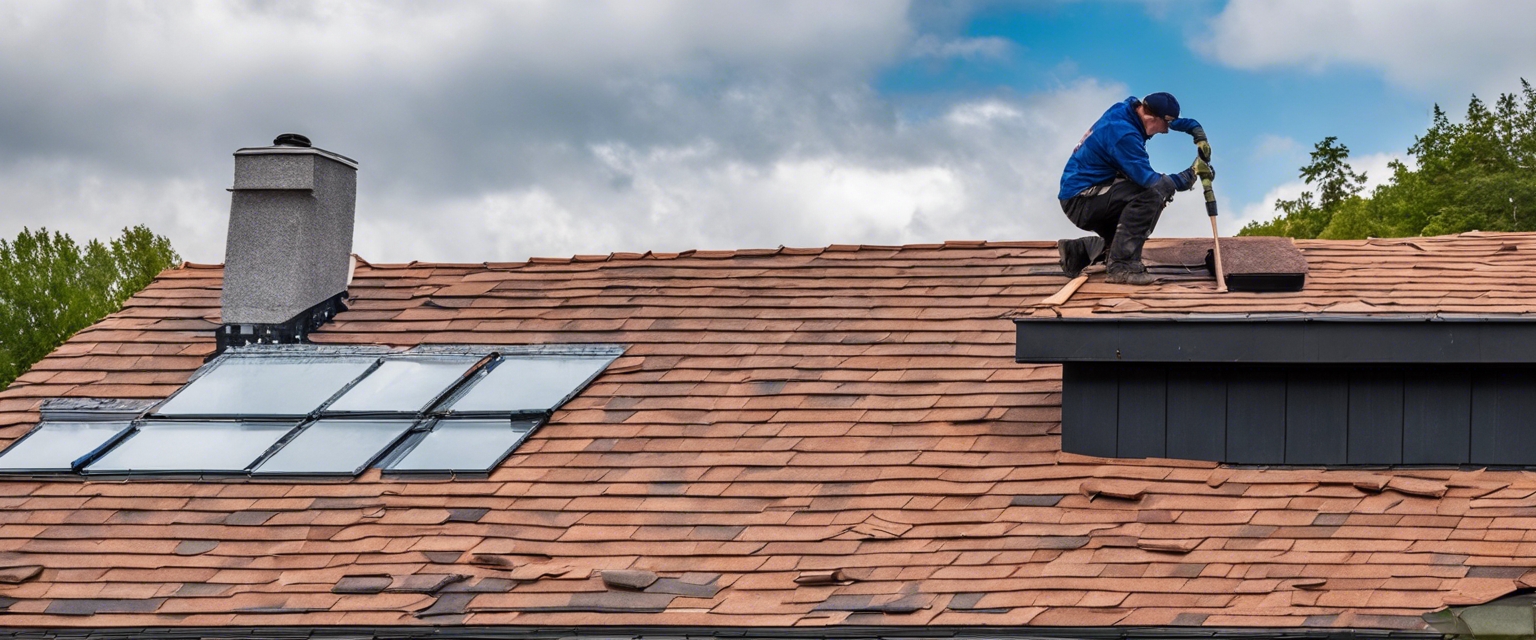The ultimate guide to choosing the right flooring for your home
Choosing the right flooring for your home is a critical decision that affects both the aesthetics and functionality of your living space. The floor is the foundation of any room and sets the tone for the style and comfort of your home. It's also a long-term investment, so considering durability and maintenance is essential.
When selecting flooring, homeowners should consider several factors, including room usage, foot traffic, durability, maintenance, budget, aesthetics, and environmental impact. Each of these elements plays a crucial role in finding the perfect flooring solution for your needs.
Types of Flooring Materials
Hardwood flooring is a timeless choice that offers warmth and elegance. It's durable and can be refinished multiple times to restore its original luster. However, hardwood is susceptible to moisture and may not be the best option for areas like bathrooms or basements.
Laminate flooring is a cost-effective alternative to hardwood that provides a similar look. It's made of composite wood pressed together at high temperatures. The top layer is a photographic applique that mimics wood (or other materials). Laminate is easier to install and maintain than hardwood but is less resistant to scratches and cannot be refinished.
Vinyl flooring is known for its resilience and versatility. It's water-resistant, making it ideal for kitchens and bathrooms. Vinyl comes in sheets, tiles, or planks and can mimic the look of various materials, including hardwood and tile. It's also comfortable underfoot and reduces noise.
Tile flooring is a popular choice for areas exposed to water, such as kitchens, bathrooms, and laundry rooms. Tiles come in a variety of materials, including ceramic, porcelain, and natural stone. They offer a wide range of colors, patterns, and sizes, allowing for custom designs.
Carpet is a comfortable and cozy option that provides warmth and noise insulation. It's ideal for bedrooms and living areas where comfort is a priority. Carpets come in various fibers, colors, and styles but require regular maintenance and are not suitable for high-moisture areas.
Concrete flooring is a modern and industrial option that is extremely durable and easy to maintain. It can be stained, polished, or textured to achieve different looks. Concrete is ideal for contemporary homes and can be used both indoors and outdoors.
Bamboo flooring is an eco-friendly alternative to traditional hardwood. It's made from the fast-growing bamboo plant, making it a sustainable choice. Bamboo is strong, durable, and comes in a variety of shades and styles.
Room-by-Room Flooring Considerations
The living room is a high-traffic area where the flooring should be both durable and inviting. Hardwood, laminate, and carpet are popular choices, each offering different benefits in terms of aesthetics and comfort.
The kitchen is a spill-prone area that requires easy-to-clean and durable flooring. Vinyl, tile, and laminate are excellent choices that can withstand the rigors of kitchen use while still providing style.
In bathrooms, water resistance is paramount. Tile and vinyl are the go-to options for their moisture resistance and ease of cleaning. For those seeking a luxurious touch, natural stone tiles can add elegance to any bathroom.
Comfort is key in the bedroom, making carpet and hardwood popular choices. They provide a warm, soft surface underfoot, creating a cozy and restful environment.
Basements and utility rooms need flooring that can handle moisture and heavy use. Concrete, vinyl, and tile are practical options that can endure these challenging conditions.
Understanding Durability and Maintenance
The durability of flooring is determined by its ability to withstand wear, pressure, and damage. Hardwood, bamboo, and tile are known for their longevity, while carpet and laminate may require more frequent replacement.
Maintenance is an important consideration when choosing flooring. Some materials, like tile and vinyl, are low-maintenance, while others, like carpet and hardwood, require more care to keep them looking their best.
Environmental Impact and Health Considerations
For those concerned about the environment, there are several eco-friendly flooring options available. Bamboo, cork, and reclaimed wood are sustainable choices that minimize environmental impact.
The materials you choose for your flooring can affect indoor air quality and health. It's important to consider the potential for off-gassing of volatile organic compounds (VOCs) from certain flooring materials and adhesives.
Esthetic and Style Preferences
Flooring should complement the overall design of your home. Whether you're aiming for a rustic, modern, or traditional look, there's a flooring option to match your style.
The color, texture, and pattern of your flooring can significantly impact the feel of a room. Lighter colors can make a space feel larger, while darker tones create a more intimate atmosphere. Textures and patterns can add interest and hide wear.
Installation and Budgeting
Some flooring types are more DIY-friendly than others. Laminate and vinyl planks can often be installed by homeowners, while hardwood and tile might require professional installation.
Flooring costs can vary widely based on the material, installation, and the size of the area. It's important to get a clear understanding of the costs involved to make an informed decision that aligns with your budget.
When planning your flooring budget, consider both the upfront costs and the long-term value. Investing in a more durable flooring option may save money over time by reducing the need for repairs and replacement.






Comments (0)